Subscribe for Newsletter
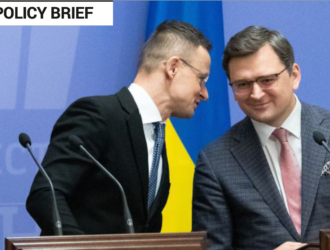
The context for Ukrainian-Hungarian cooperation is framed by two contrasting tracks of both countries geopolitical location: European integration and the Russian connection
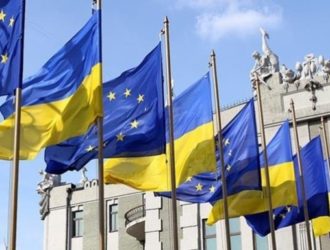
The Eastern Partnership has a chance of becoming a self-contained actor if civil society leaders of the region succeed in harnessing the “power of the streets” in order to create effective democratic institutions. What does the future bring in terms of European aspirations for Ukraine and other Eastern Partnership (EaP) countries? This is the question […]
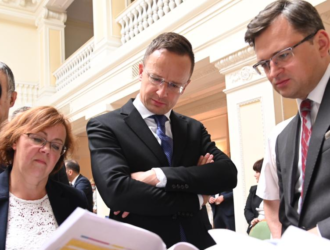
The context for Ukrainian-Hungarian cooperation is framed by two contrasting tracks of their geopolitical interests: European integration and Russian. Ukraine’s ultimate choice of European integration marked the start of a new stage of economic relations with Hungary.
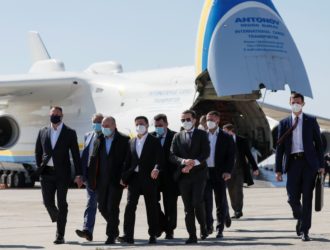
For the past six years, Ukraine’s foreign policy thinking has been dominated by the country’s Euro-Atlantic integration ambitions and the urgent need to consolidate international support in the face of ongoing Russian aggression. Throughout this period, there has been little attempt to implement a more global foreign policy or develop individual regional strategies. Hanna Shelest […]

In 2009, the European Union and six of its Eastern neighbours launched the Eastern Partnership (EaP) with the stated aim of “building a common area of shared democracy, prosperity, stability and increased cooperation.” A decade on, however, progress has been mixed.
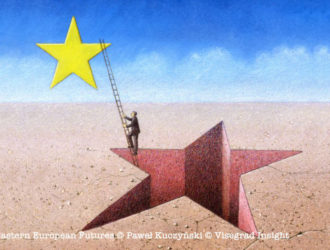
Over the next ten years, in the absence of major political setbacks or security related turbulence, most of the countries of the Eastern Partnership will have a fairly good chance of success in their political association and economic integration with the EU.
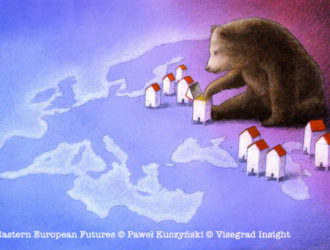
With the world economy keeping its demand for oil and gas high and lacklustre efforts to stimulate ‘green’ alternatives, Russia manages to advance some of its military and economic modernisation despite the continuation of the West’s sanctions regime.
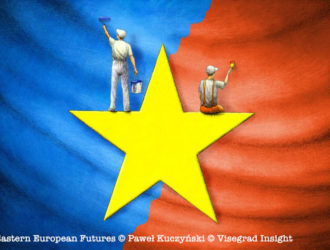
Recognising a rare window of opportunity, EU leaders embrace a revised approach to Russia in order to ease economic and political tensions and establish the ground for a new European security architecture.
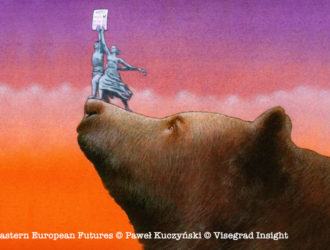
The emancipatory power of civil society to define, defend and demand changes in society becomes a key future of the Eastern Partnership region.

For the Eastern Partnership (EaP) countries, stability requires a restoration of public trust, renewed civic engagement and returns from socio-economic reforms. This necessitates the strengthening of democratic institutions and countering corruption, based on linkage between democratisation and economic development.

Despite three decades of independence, the Eastern Partnership countries are still plagued by insecurity, driven by political weakness due to authoritarian rule or incomplete democracy, external pressure, largely from Russia, and due to unresolved or frozen conflicts.

By 2030, the Eastern Partnership countries are likely to be characterised by greater diversity in the area of demography and as a consequence the ‘human’ dimension of development.


